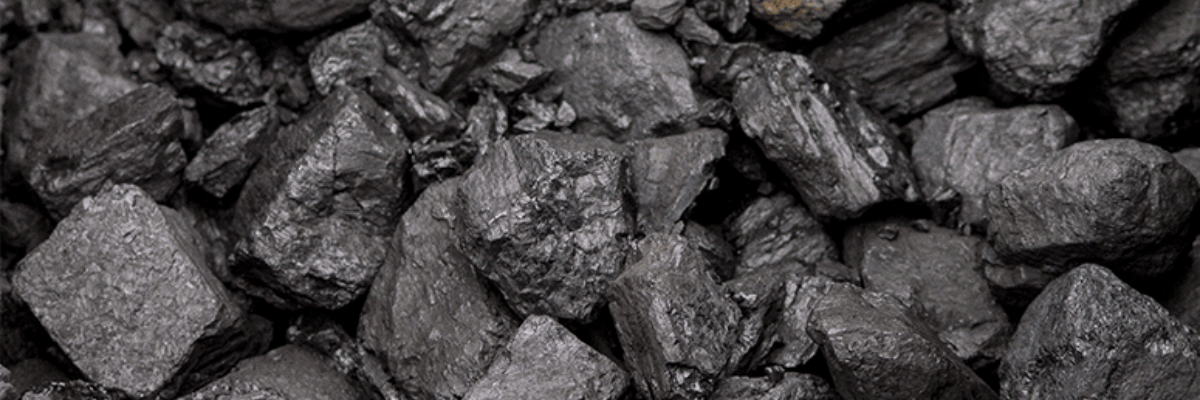
Coal Ash
Coal ash is a byproduct of burning coal, and includes toxic chromium, arsenic, lead, aluminum, boron, iron, sulfate, selenium and manganese. Coal ash is dangerous to human health, contributing to cancer, cardiovascular effects and neurological effects, and can also pose a threat to the health of wildlife and plants.
Power plants typically dispose of coal ash in surface impoundments, often unlined, which leak into surrounding soil, groundwater and surface water. The wastewater that coal plants discharge can also include toxic metals that, if uncontrolled, can harm the quality of the receiving waters, contaminate drinking water and concentrate in fish. More information about litigation involving the discharge of coal ash from impoundments that then reach protected waters under the Clean Water Act (CWA) is available here (“Point Source Discharges Through Direct Connections”).
In 2015, the Environmental Protection Agency (EPA) established effluent limitation guidelines for coal plants under the CWA that set the first federal limits on the levels of toxic metals in wastewater that can be discharged from coal plants into protected, jurisdictional waters under the CWA.
2017-2021
-
November 2019
In November 2019, the EPA released a proposed rule that would weaken the 2015 rule by establishing new subcategories of coal plants that are subject to less stringent effluent limits on discharges of coal ash. The proposal would establish a more lenient effluent limitation for boilers slated to retire by the end of 2028 and “low utilization” boilers.
-
January 2020
In January 2020, Maryland Attorney General Brian Frosh led a coalition of five attorneys general in submitting comments in opposition to the EPA’s November 2019 proposed weakening of the 2015 rule (“ELG Proposal”) and a related proposal to weaken to regulations governing the disposal of coal ash under the Resource Conservation and Recovery Act (“Coal Ash Proposal”). More information about the opposition by the attorneys general to the Coal Ash Proposal is available here.
The attorneys general noted that the creation of the new subcategories for coal plants with weakened effluent limitation guidelines is arbitrary and capricious in violation of the Administrative Procedure Act (APA). The proposal does not provide any evidence to support weakening the effluent limitation for boilers slated to retire by the end of 2028 and “low utilization” boilers.
-
October 2020
In October 2020, the EPA ignored the comments of the attorneys general in publishing its final rule weakening the 2015 effluent limitation guidelines and extending the retirement deadlines for certain types of boilers at the expense of human health and the environment.
